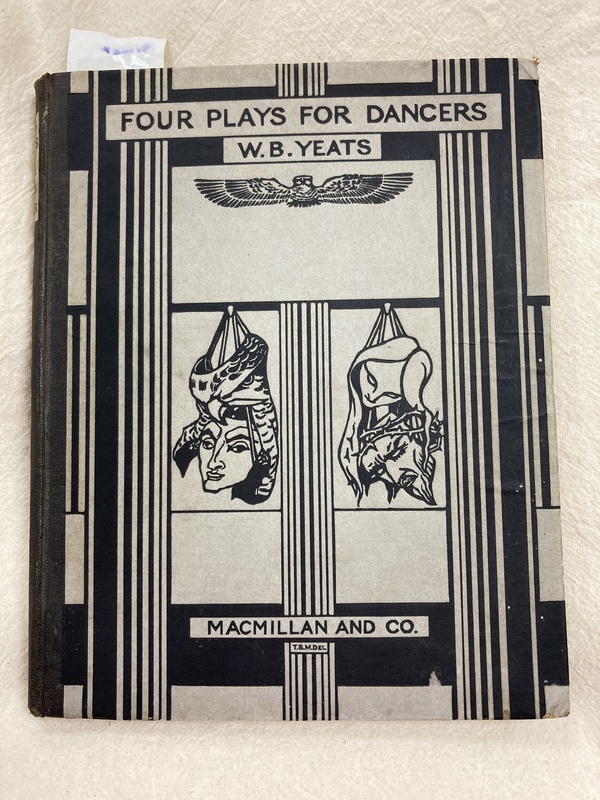Over the centuries, a rich, vast body of folklore developed in Ireland concerning the mythical Irish hero Cuchulain. The son of the god Lug and the noblewoman Deichtine, Cuchulain develops superhuman strength, performs many heroic deeds, and then dies a heroic and tragic death. By the 1800s, knowledge of the myth of Cuchulain and other Irish legends was, along with many other aspects of traditional Irish culture, beginning to fade due to encroaching Anglicisation. In the late 1800s and early 1900s, various Irish authors began to revive the stories of Cuchulain. These authors included several figures associated with the Irish Literary Revival such as William Butler Yeats and Lady Augusta Gregory. The two books discussed below demonstrate how Irish authors turned to Irish folklore for inspiration in their attempts to assert a distinct Irish cultural identity in literature.

